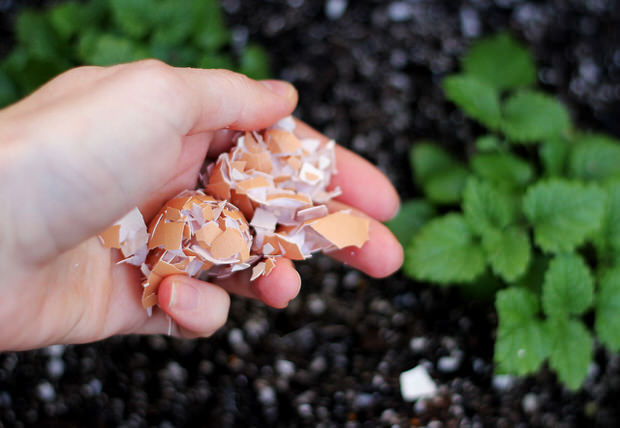






Winter rains bring lots of beautiful wild flowers, but also the wicked weeds. While some people may be tempted by the seemingly simple solution, herbicides, their environmental effects outweigh any benefit. Herbicides are chemicals used to kill weeds in agriculture as well as household gardens. Herbicides are toxic to most mammals (that means you, me, your dog, and your kids) as well as to the beneficial insects that you want to encourage in your garden to keep away harmful pests. Sometimes herbicides seep into the ground water; causing contamination of which the long term effects are not known.
I scoured the internet for solutions you can make with everyday products found in your kitchen. I prefer to pull the weeds or use a hoe to cut them down. But if you have too many or just don’t want to get physical try one of these natural recipes. Please test a product you are not familiar with in an inconspicuous place to be sure it doesn’t negatively affect your lawn or other plants you do not want to kill.
Herbicides
Combine one ounce gin, one ounce dish soap and one ounce vinegar. Put into a 32 oz. sprayer and fill with water. Spray just the weed. Shake well before each use. Spray mixture directly on the weed itself; if weed is out in the yard, be careful not to spray the grass! The vinegar is what kills the weeds, but the dish soap holds the vinegar in place so it stays on the plant instead of running off. This works great on grass or weeds in sidewalk or driveway cracks, too. Best time to spray is in the middle of the day when the sun is beating down on you.
You can also put baking soda on just the weed. They turn black and shrivel up.
To kill weeds in sidewalk cracks, pour boiling water on them.
I have used plain old vinegar, it even kills
Fertilizers
I prefer using my own compost for most of my garden, or purchase an organic citrus fertilizer for my grapefruit tree, but I have also used Epsom salts for my hibiscus and roses.
Combine 1 Tbl. Epsom salt and 1 Gal. water. Use the solution to water your plants. Epsom salt is made up of magnesium and sulfate – both vital plant nutrients. Some magnesium-loving plants to try it on: houseplants, roses, peppers, tomatoes and potatoes.
Egg Shells
You’ve heard of “liming” the garden and lawn, right? Eggshells are 93% calcium carbonate (lime) and about 1% nitrogen, about a half-percent phosphoric acid, and other trace elements that make them a practical fertilizer. Calcium is an essential plant nutrient which plays a fundamental part in cell manufacture and growth. Most roots must have some calcium at the growing tips. Plant growth removes large quantities of calcium from the soil, and calcium must be replenished, so this is an ideal way to recycle your eggshells.
Coffee Grounds
Used coffee grounds contain about two percent nitrogen, about a third of a percent of phosphoric acid, and varying amounts of potash (generally less than one percent). Analysis of coffee grounds shows that they contain many minerals, including trace minerals, carbohydrates, sugars, some vitamins, and some caffeine. They are particularly useful on those plants for which you would purchase and apply an “acid food,” such as blueberries, evergreens, azaleas, roses, camellias, avocados, and certain fruit trees.
There are many other eco-friendly solutions to keep your yard and garden healthy. Proper plant care will help alleviate the need to use pesticides and herbicides. Take the time to learn them and you will spend less time and money taking care of your property. Happy Digging!
Article by Doreen Pollack. Doreen is the Garden Goddess and owner of Down 2 Earth Gardens. Join her newsletter for free gardening tips on monthly What to Do in Your Garden this Month. She also holds garden consultations and gardening classes in Phoenix AZ. To find a workshop near you, visit http://www.down2earthgardens.com
Copyright © www.100flowers.win Botanic Garden All Rights Reserved